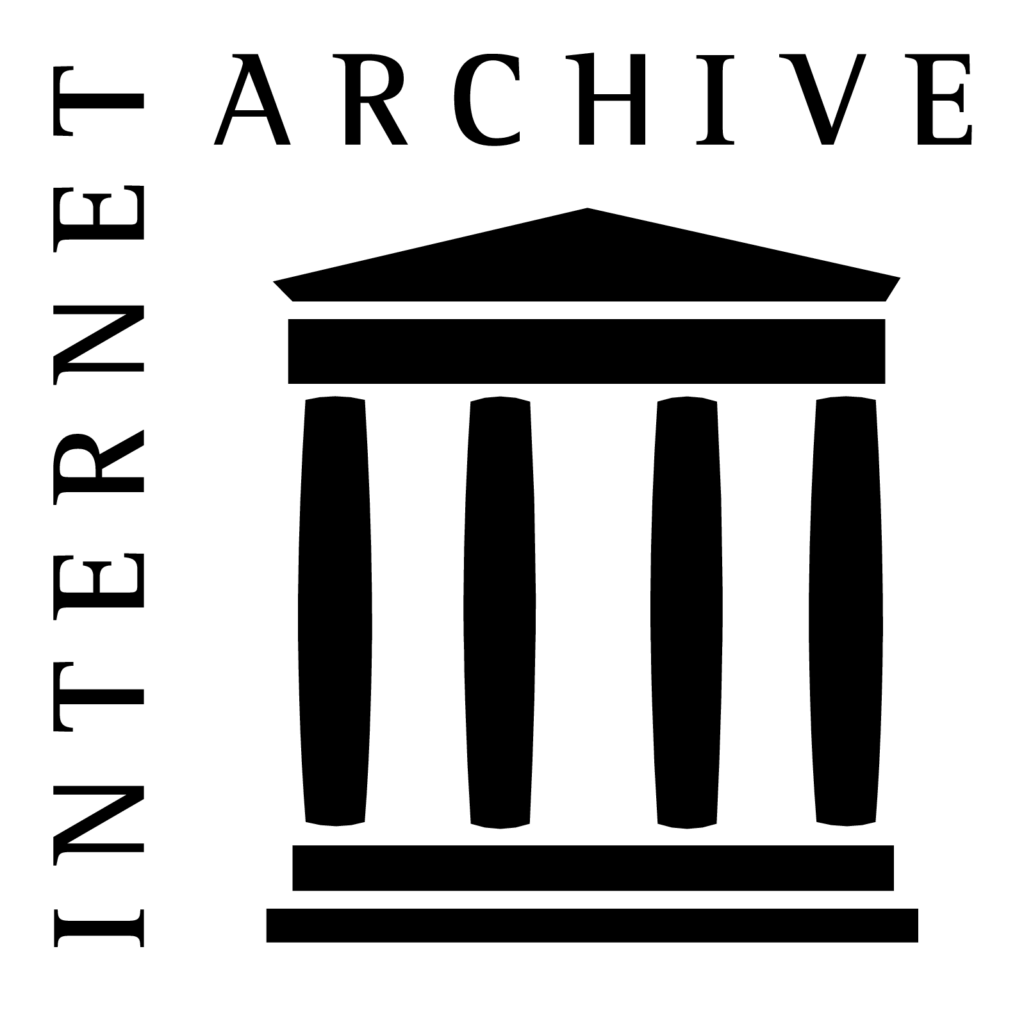
On June 28th, the Second Circuit Court of Appeals in New York heard oral arguments in the Controlled Digital Lending case Hachette v. Internet Archive. The judges probed both sides to find weaknesses in their arguments, positing a number of hypotheticals to push how far each side’s theory of the case went. The hearing lasted almost ninety minutes, well more than the scheduled time.
Listening to the hearing, I came away feeling that the Internet Archive’s attorney was pushed a little harder than the Publishers’. Given that the Internet Archive was appealing a negative ruling where they lost on both the nature of the use and the effect on the market fair use factors, I am not surprised.
A few takeaways from the hearing:
- We did not get much argument on the issue of “Was the Internet Archive’s use a commercial use or not?” Even if this does not turn out to be determinative in this case, the issue could be very consequential for other non-profit organizations like the Wikimedia Foundation, which hosts Wikipedia.
- I could not tell if judges were being intentionally vague in making comparisons of CDL to making copies for interlibrary loan, or if they did not fully understand the difference in making copies for interlibrary loan via 17 U.S.C. 108 and lending books, including by interlibrary loan, under 17 U.S.C. 109. I am sure the judge’s law clerks will get very acquainted with those sections while the case is being decided.
- ASTM v. PRO, a case from the DC circuit about putting things like building codes that have been incorporated into law by reference, was mentioned as a possible analogy to show the lack of effect on a market for copyrighted material. This case in general is one of the best for Internet Archive, both in looking at lack of market harm, and at how copies can be transformative without adding to a work. The downside is that it is not binding precedent in the Second Circuit.
Keep in mind that oral argument is only part of the case. The judges will also consider briefs filed by both parties, as well as a number of amicus briefs filed by outside groups and scholars. Given the amount of briefing and argument in the case, I would not expect a ruling until fall at the earliest, and possibly not until the first half of next year.